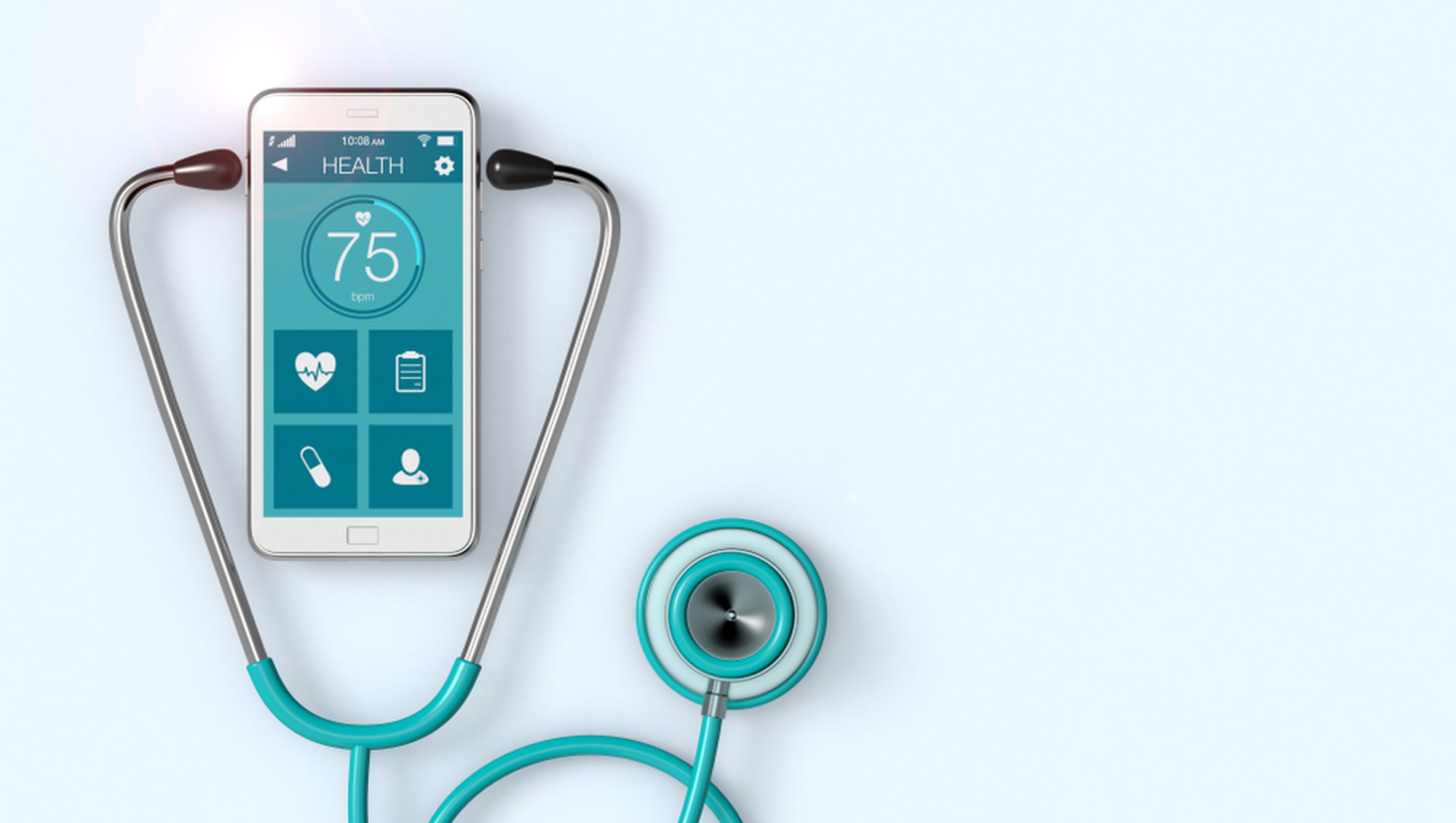Leading Remote Patient Monitoring Platform: Streamline Healthcare Workflow
Leading Remote Patient Monitoring Platform: Streamline Healthcare Workflow
Blog Article
The Future of Healthcare: Remote Person Keeping An Eye On Simplified
As medical care proceeds to develop, one area that holds enormous guarantee is remote person tracking. The idea of streamlining this process through technical improvements is improving the way treatment is provided and received. With an emphasis on improving patient end results and enhancing medical care shipment, remote surveillance is poised to transform the market. By exploring the benefits, technical advancements, and future trends in this area, we can acquire important insights into the transformative potential of remote patient tracking.
Advantages of Remote Individual Surveillance
Remote individual monitoring presents a wide variety of benefits for both doctor and people alike. One considerable benefit is the ability to continuously keep track of clients' crucial indications and health information remotely. This real-time surveillance enables health care carriers to identify any kind of worrying patterns or modifications without delay, bring about early interventions and possibly stopping clinical emergency situations. Additionally, remote individual surveillance boosts the total quality of treatment by giving a more all natural and detailed view of patients' health condition beyond standard in-person brows through.
Furthermore, remote client monitoring can lead to improved client results and complete satisfaction. Remote tracking can decrease the need for regular medical facility visits, lowering healthcare prices for both clients and companies.
Innovation Driving Remote Tracking
In the realm of modern medical care, technological improvements play a crucial function in driving the evolution and effectiveness of remote individual tracking. The combination of cutting-edge innovations such as wearable gadgets, mobile applications, and cloud-based platforms has actually reinvented the way health care companies from another location keep an eye on and manage individual health and wellness - remote patient monitoring software. These innovations allow continual real-time monitoring of crucial indicators, medication adherence, and other critical wellness information, enabling timely interventions and customized care plans
One trick modern technology driving remote surveillance is the Net of Things (IoT), which allows seamless connection between medical gadgets and health care systems. IoT devices such as smartwatches and wireless sensors gather and send individual information to centralized platforms, facilitating remote tracking from anywhere in the world. Expert system (AI) and equipment understanding algorithms better improve remote surveillance by assessing substantial quantities of person information to spot patterns, predict health patterns, and alert medical care suppliers to potential issues.
Effect on Health Care Distribution
With the assimilation of sophisticated technologies driving remote person surveillance, the effect on healthcare distribution is becoming progressively profound and transformative. Remote person monitoring permits medical care companies to use more proactive and tailored like people, causing enhanced health end results and minimized medical facility admissions. By from another location tracking essential signs, signs and symptoms, and medication adherence, medical care specialists can intervene early, protecting against problems and improving the general quality of treatment.
Additionally, remote surveillance improves accessibility to medical care solutions, particularly for individuals in rural or underserved areas. Clients can get constant monitoring and support from their homes, eliminating the requirement for constant in-person brows through. This not only saves time and reduces expenses for both people and medical care centers but additionally lessens the risk of exposure to infectious diseases, an essential factor to consider in the present health care landscape.
Additionally, remote person tracking enables doctor to better focus on and allocate sources treatment based upon real-time data. By identifying high-risk individuals and intervening without delay, medical care distribution ends up being more reliable and effective, ultimately bring about a much more sustainable and patient-centered healthcare system.
Improving Patient Results

In addition, RPM permits aggressive monitoring of persistent problems, minimizing the possibility of acute exacerbations and healthcare facility readmissions. Individuals benefit from enhanced comfort and comfort, as they can get treatment in their own homes while staying linked to their doctor. This continual monitoring not just enhances individual satisfaction yet also promotes a feeling of empowerment and engagement in their very own wellness management.
Future Trends in Remote Surveillance
Embracing innovative innovations in remote individual tracking is forming the future landscape of medical care distribution. One significant fad is the boosted usage of wearable devices and sensing units to collect real-time data, enabling healthcare carriers to keep track of patients constantly without the need for regular in-person gos to.

Furthermore, telehealth systems are coming to be a lot more advanced, permitting virtual consultations, remote medical diagnosis, and remote individual keeping track of done in one incorporated system (remote patient monitoring platform). This holistic approach to remote surveillance is enhancing health care distribution, boosting person satisfaction, and ultimately, improving total high quality of treatment
Final Thought
Finally, remote client surveillance offers many advantages in medical care distribution, driven by developments in technology. It has the possible to enhance patient results and revolutionize the way healthcare is supplied. Future trends in remote tracking will remain to shape the landscape of healthcare, supplying opportunities for even more individualized and efficient patient treatment.
Remote client surveillance provides a multitude of benefits for both medical care companies and individuals alike. Additionally, remote person surveillance improves the general top quality of care by providing rpm software a much more extensive and holistic view of patients' wellness condition beyond traditional in-person gos to.
Furthermore, remote individual monitoring can lead to enhanced individual outcomes and satisfaction. Remote person monitoring permits health care companies to use more individualized and positive care to people, leading to enhanced health and wellness results and minimized healthcare facility admissions. Remote person tracking (RPM) plays a considerable function in boosting patient results by providing continuous, real-time data that makes it possible for healthcare companies to step in quickly and adjust treatment plans as required.
Report this page